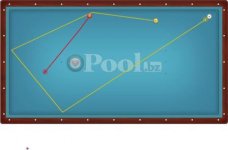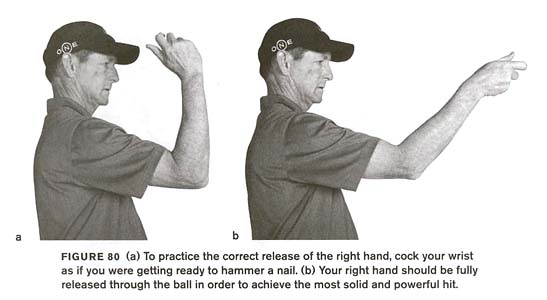Well Neil, Its not unusual for me to be wrong but I guess either my eyes are deceiving me or my stroke is not perfect. BTW I wear glasses but not while playing and I've already admitted to being a dropper.
Temptation has got the better of me. The model as I understood it didn't exactly do what I said. Bridge length is essentially the same, grip moves back only, during back stoke the butt rises more than normal (unless elbow drops on back swing) on the fore swing the tip must rise as the butt lowers to its original elevation. From this point I don't care what the tip does after contact. Do I? But at contact the tip is rising since the butt is falling. It aint much I'll admit and maybe a worthless technique, but a technique none the less.
If this isn't what happens can you please tell me how to have a level stroke when my arm is stretched out so far?
Did you look at the link I provided? What you think is happening isn't what is actually happening. Unless you have a very tight grip, which one shouldn't have.


